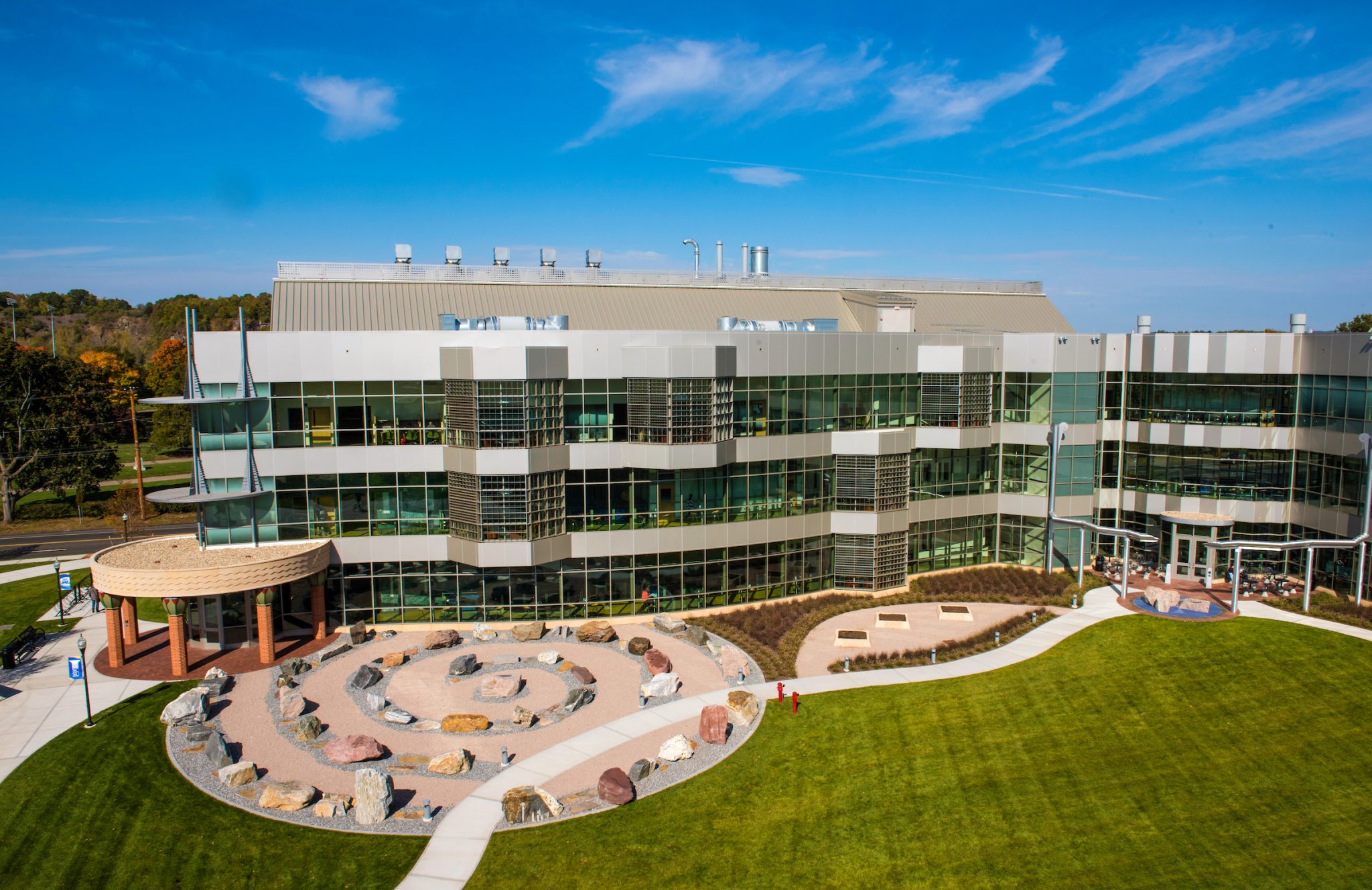SCSU awarded key National Science Foundation grant that builds on a long history of leading the way in emerging technology research, innovation, and workforce development.
Southern Connecticut State University has received a $398,176 grant from the National Science Foundation (NSF) through its Enabling Partnerships to Increase Innovation Capacity (EPIIC) program. The three-year award will support the university’s efforts to grow academic-industry partnerships, boost research capacity, and foster workforce development across Connecticut and the region. The EPIIC program was inspired by the NSF’s commitment to accelerate scientific and technological innovation across the nation and ensure that all Americans can actively participate in the U.S. research and innovation enterprise. This commitment is aptly demonstrated through the NSF’s newly established Directorate for Technology, Innovation and Partnerships (TIP).
Advancing Innovation Through Partnership
Southern’s project is part of Partnerships to Promote Research and Innovation for Societal Impact and Novel Engagements (PRISTINE), a multi-institutional initiative involving Southern Connecticut State University, Allegheny College (Meadville, Penn.), and Xavier University of Louisiana (New Orleans).
The initiative unites primarily undergraduate institutions (PUIs) dedicated to building academic–industry partnerships to strengthen workforce pipelines in emerging technology sectors. These sectors include advanced manufacturing, artificial intelligence, biotechnology, quantum information science, semiconductors, and new materials.
The PRISTINE cohort includes public and private universities, liberal arts colleges, and community colleges from urban and rural areas, uniquely positioning the group to support and improve the economic viability of small- and medium-sized businesses that often cannot participate in use-inspired research (UIR). UIR aims to solve real-world problems through collaborative innovation — leading to faster, more effective solutions than an organization could achieve alone.
At Southern, the project will:
- Foster new external partnerships to attract funding and support for UIR in emerging technology sectors;
- Use an experiential learning model to develop credentialed workforce training programs aligned with economic needs in Connecticut and the region; and
- Enhance faculty and staff development in grant writing, research administration, and technology transfer to increase the number and quality of collaborative proposals and industry partnerships.
Additionally, the PRISTINE cohort will develop shared training resources, a public-facing virtual playbook, and a website to share best practices, templates, and strategies for building sustainable, research–innovation ecosystems at PUIs and smaller institutions nationwide.

Southern’s Growing Research and Innovation Impact
This grant builds on nearly a decade of Southern’s leadership in New Haven’s innovation ecosystem and its recent distinction as Connecticut’s first and only Carnegie-classified R2 research university. The prestigious R2 designation recognizes high research activity, graduate degree programs, and a growing impact in science, technology, and workforce development. Since 2015, Southern has launched transformative initiatives such as BioPath and BioCity, which connect students directly to Connecticut’s thriving biotech sector at 100 and 101 College Street.

These efforts have contributed to New Haven becoming the second-largest biotech cluster in New England. Building on this momentum, Southern established the Innovation HUB (iHUB) in 2020. It now serves as a central base for research, industry collaboration, and workforce development initiatives across emerging technology sectors.
Southern is also a key contributor to Connecticut’s quantum and nanotechnology initiatives. As an integral member of QuantumCT, a statewide nonprofit focused on advancing quantum technologies, Southern is part of a team that was recently named a finalist for a $15 million NSF ENGINES grant, with the potential for future funding of up to $160 million.
Leveraging its R2 status and the pioneering work of the Connecticut State Colleges and Universities (CSCU) Center for Nanotechnology (CNT), Southern plays a vital role in expanding research capacity and workforce pathways in emerging technologies across the CSCU system, the state, and the region.
“The NSF EPIIC grant is a powerful affirmation of Southern’s leadership in driving innovation, research, and workforce development in Connecticut and beyond,” said Sandra Bulmer, interim president of the university. “Through strategic partnerships and a commitment to inclusive excellence, we are preparing our students to lead in emerging technology sectors and helping to build a more resilient and equitable innovation ecosystem.”

The NSF EPIIC award also complements Governor Ned Lamont’s recent $50.5 million investment in downtown New Haven through the Connecticut Innovation Clusters Program, which is accelerating growth in life sciences and quantum technologies. Southern is once again an active partner in this statewide initiative; the university is working closely with QuantumCT and other organizations including Yale Ventures, Climate Haven, BioLaunch, and BioCT to ensure that the state’s investment delivers impactful results for the local community and strengthens Connecticut’s position as a national leader in emerging technologies.
BioCT is a key stakeholder in the CT Innovation Clusters Program; as part of this initiative, it will receive $3 million to activate the New Haven cluster with programming that unites civic, academic, and business partners across Connecticut.
As part of its EPIIC-related activities, Southern Connecticut State University’s iHUB is organizing its inaugural Emerging Technologies Forum, scheduled for Friday, November 14 at 101 College Street in New Haven. The event will unite academic, industry, and community leaders to explore opportunities at the intersection of emerging technologies and workforce development — further solidifying Southern’s role as a catalyst for research, innovation, and workforce development.
“Southern’s EPIIC award is a testament to the power of collaboration in driving innovation and workforce development,” said Jodie Gillon, president and CEO of BioCT. “I am thrilled that Southern received this NSF grant. It is coming on the heels of the State of Connecticut investing $50.5 million into life sciences and quantum technologies in New Haven. Southern — with its world-class faculty — is one of the main pillars in the city where innovation has already taken root. I am confident this will add tremendous synergies to other investments, and I look forward to partnering to execute them.”
The Southern Connecticut State University project team includes:
- Matthew Enjalran, Principal Investigator — Professor of Physics
- Christine Broadbridge, Co-Principal Investigator — Professor of Physics; Executive Director, Research & Innovation
- Julia Irwin, Co-Principal Investigator — Interim Provost and Professor of Psychology
- Peter Dimoulas, Co-Principal Investigator — Program Administrator, Research and Innovation
News at Southern | Original Article ↗










